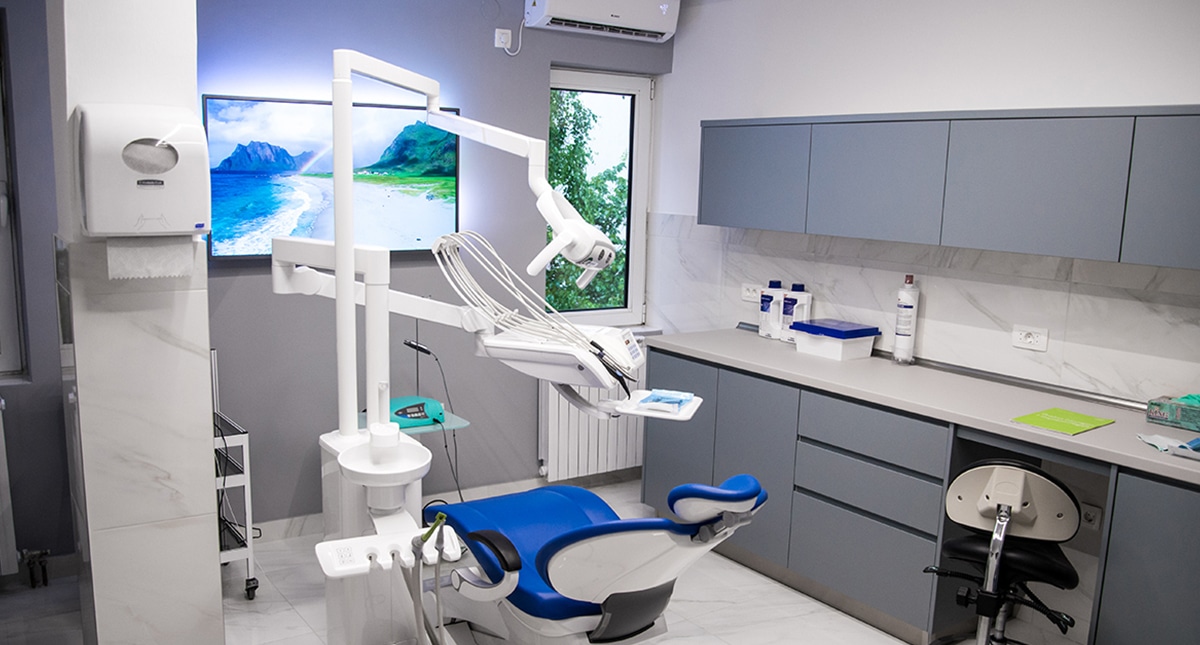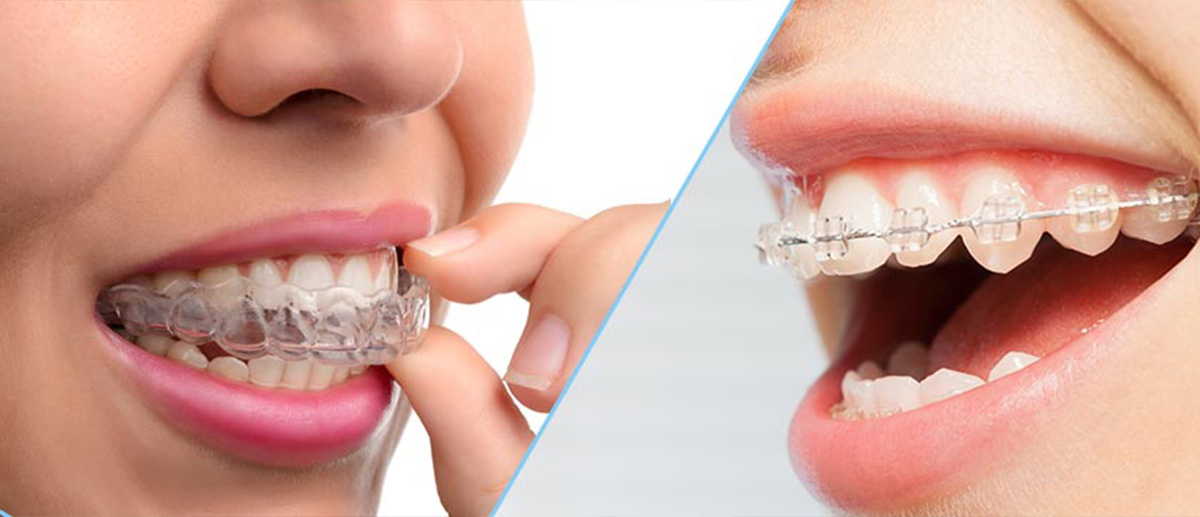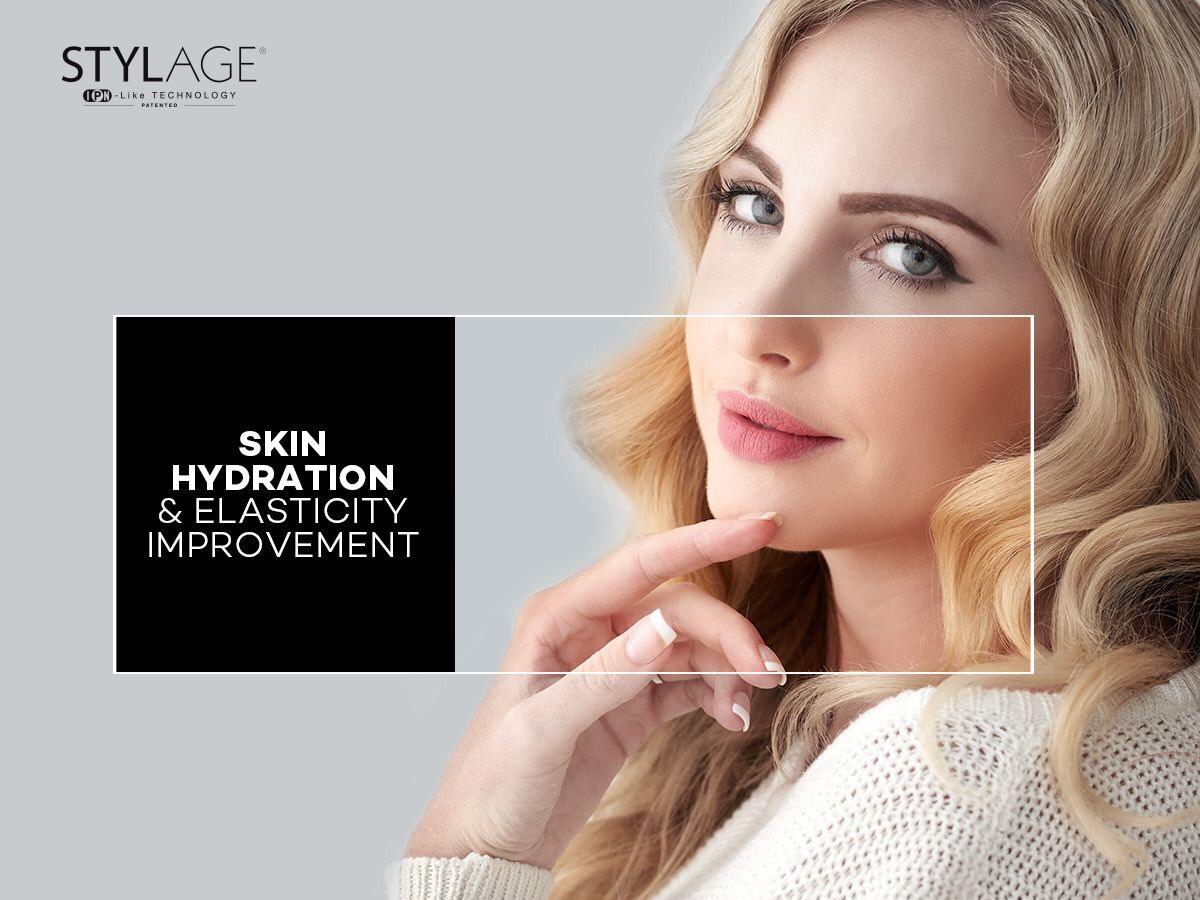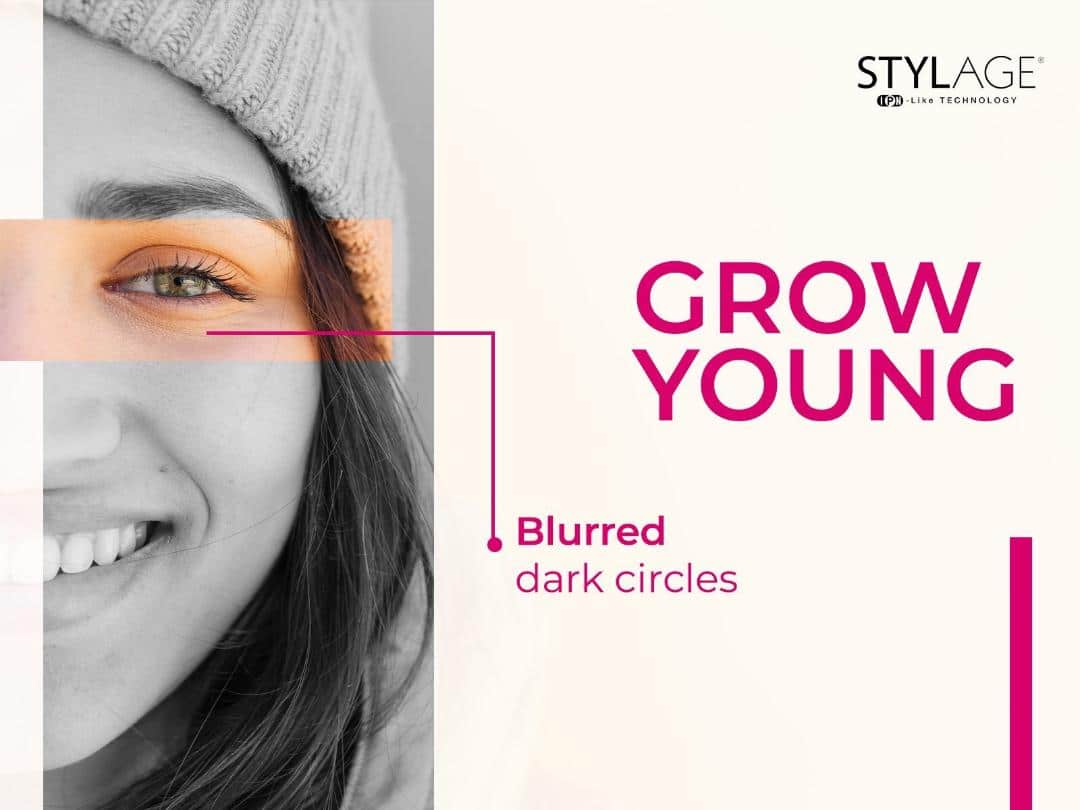
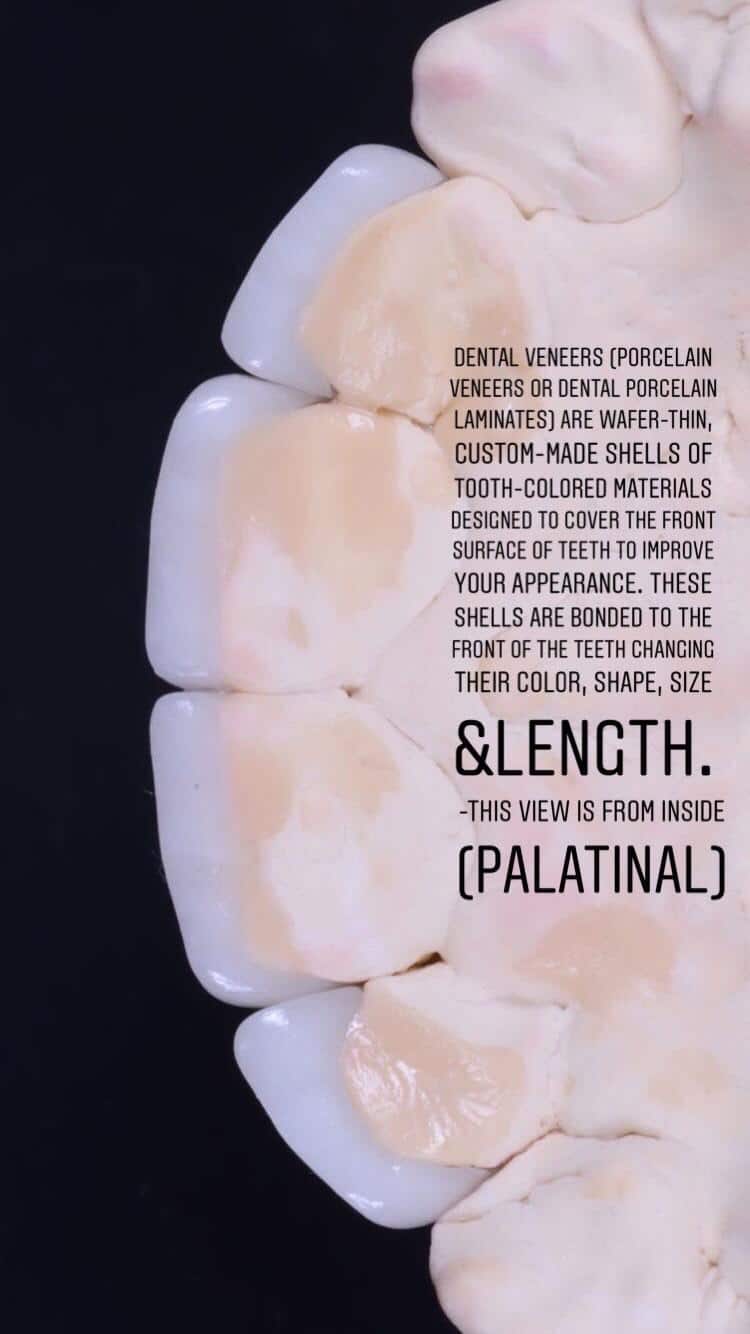
Dentistry has pushed limits nowadays and made possible solving complex cases. Modern materials used in making prosthetic restorarions as well as computerized systems in dentistry make possible the making of highly précised prosthetic restorations of perfect esthetics. CERAMIC VENEERS: Ceramic veneers represent minimal invasive form of esthetic enhancement of teeth row.
Veneers are the primary means for permanent change of the smile as they are positioned directly on the tooth changing its shape and color. Ceramic veneers can be made with high precision so that they compensate for one tooth (e.g. broken angle) or render an atypical form of a tooth into a visually typical one. They always look exceptionally well!
Ceramic veneers can be as thin as 0.3mm and are cemented on the outer surface of a minimally preparated or unpreparated tooth.
The drawback is that they cannot always be inserted. The most limiting are the significantly damaged teeth or patients with bad habits, teeth grinding or with teeth already having some prosthetic restorations.
CDEI makes veneers exclusively in dental-technical laboratories. We believe that only the dental tehnicians who have devoted their life to dental technics and ceramics can have the skill to provide patients with a new smile by combining ceramic materials in a part of a millimeter.
In some cases we make veneers using CAD/CAM technology in a short term. In both cases we make veneers from E.max materials. ALL-CERAMIC CROWS VS PORCELAIN-FUSED-TO-METAL CROWNS: Ceramic crowns or in the slang “dental caps”, as they are called by a large number of patients are positioned onto a previously prepared tooth and have the purpose of reinstating functionality of a tooth, reinforce it and of course by its color and shape perfectly blend it into the teeth row.
There are numerous indications for making crowns. In most cased crowns are put on the teeth which were significantly damaged (by caries or by fracture of a part of tooth’s crown) so that the remaining tooth tissue can be preserved than in weakened teeth to prevent their breaking (e.g. in teeth whose large surface is covered with fillings or in most teeth which were treated endodonically) as well as in teeth which have pronounced irregularities in their color and shape.
Based on clinical examination, x-ray analysis and other diagnostic procedures it is determined what type of ceramic restauration is designated for a particular case as well as whether the tooth on which a crown is to be positioned should be reinforced or possibly treat the tooth which had been inadequately treated. Making crowns necessitates prior tooth preparation. After the preparation, the tooth color is decided on i.e. the color of the future crown and a temporary crown is made, which is to protect the tooth until the moment when the final crown is placed. The very making of the crown is performed in the laboratory by a dental technician. Once the crown was tried on and if it meets the set functional and esthetic criterion the dentist proceeds with the permanent fixation of the crown.
Widely known porcelain-fused-to-metal crowns have in their basis metal covered by ceramics. They can meet esthetic criterion by their color and shape but in the demanding esthetic zone, especially in the natural the difference in transparency can be seen in contrast with the natural teeth. Unlike all-ceramic crowns which meet high criterion in the esthetic zone, they do not let the light through. In addition to this, sometimes in porcelain-fused-to-metal crowns the grey top of the crown can be seen as a consequence of the gingiva retreat and it is also possible to have a “tattoo effect” in the gums only after a few years of their being in the mouth. Metal free ceramics overcome these problems as they are entirely made of ceramics. Besides meeting high esthetic requirements, they are also appropriate in patients allergic to particular metal alloys.
There are also differences between all-ceramic crowns in the type of ceramics, the methods of their manufacturing and their transparency. The dentist decides on type of ceramics in accordance with a particular case. The best esthetics results are achieved when the dental technician designs the crown by hand using different colors and effects, which is particularly significant for the teeth in the esthetic zone. We work with reputable dento-technical laboratories which produce high quality work using material of world renowned producers in the shortest possible time
